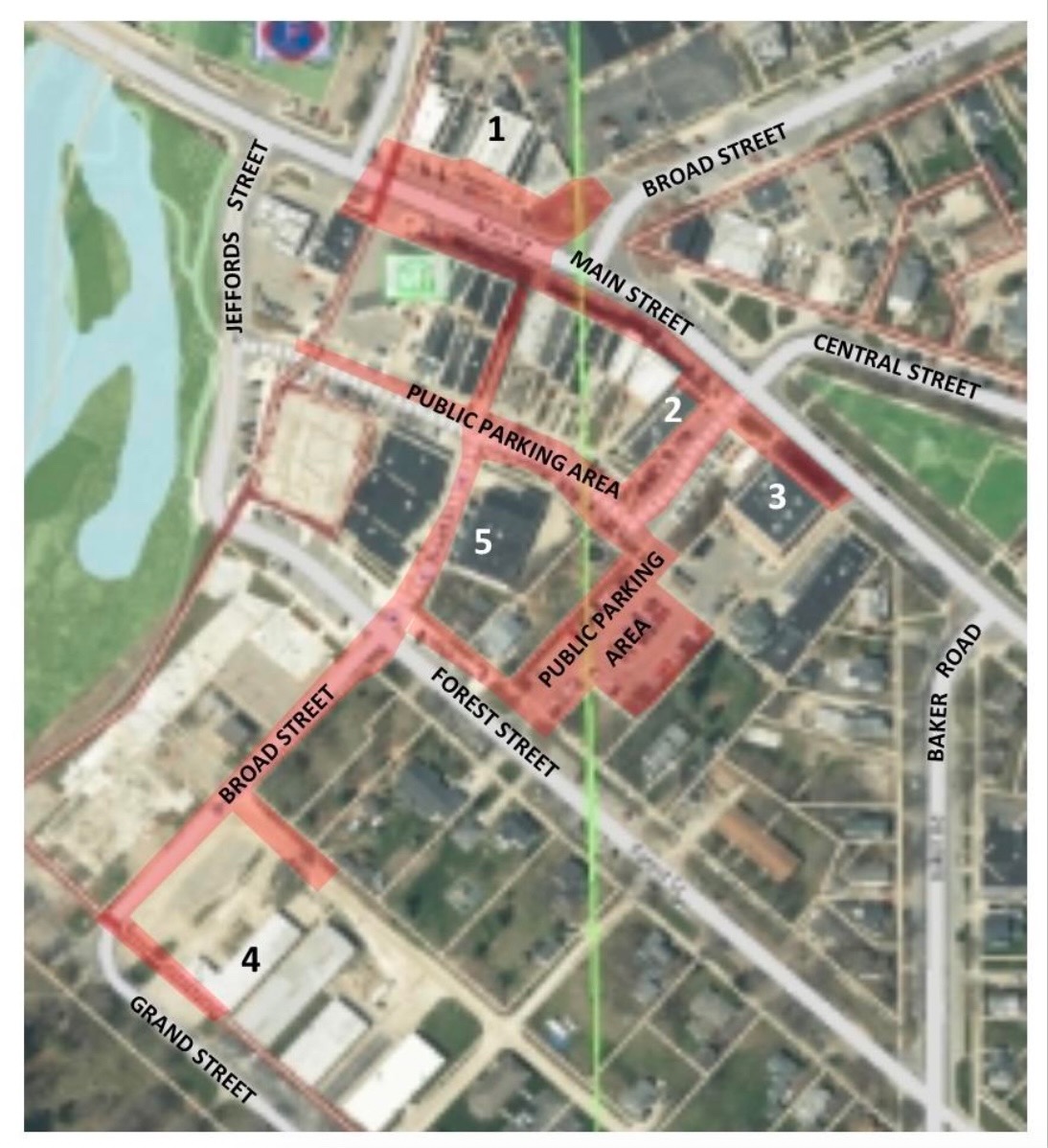City weighs costs and environmental impact of aging infrastructure
The City of Saline is grappling with a critical decision of whether to rehabilitate the aging Saline River Dam or remove it altogether. A feasibility study is underway, and the community is engaged in discussions about the potential costs, environmental impacts, and future of the historic structure.
The city posted a list of frequently asked questions (FAQs) on its website. Here are the highlights:
Why Now?
The Saline River Dam, built in the late 1800s and modified in the 1930s, is showing its age. A 2020 safety inspection revealed significant structural issues that need addressing to keep the dam safe and operational. This has prompted the City to evaluate long-term solutions, balancing financial, environmental, and community interests.
Cost Comparison: Removal vs. Rehabilitation
At a December 9, 2024, town hall meeting, the City presented a breakdown of costs for both options:
- Dam Removal: Estimated at $4–6 million for initial tasks, with no additional costs anticipated for the next 30 years. Removal would eliminate ongoing operation and maintenance expenses.
- Dam Rehabilitation: Estimated at $1–1.5 million for short-term structural repairs, with an additional $6–8 million required within 10–30 years to reconstruct the concrete spillway.
Additionally, funding assistance is more likely for dam removal, potentially reducing local taxpayer burdens.

Will removal increase downstream flooding?
No. The Saline River Dam was not designed for flood control and contributes minimally to it. Removal would not significantly impact downstream flooding.
Would removing the dam harm natural habitats?
While Mill Pond is a man-made feature, returning the river to a natural state could benefit the environment. Advantages include improved water quality, restored natural sediment flow, and free passage for fish and aquatic wildlife.
What would the area look like post-removal?
Renderings from the December 9 presentation depict a naturalized river channel similar to Curtiss Park. Additional green space could enhance Mill Pond Park with new public amenities designed with community input.
When will decisions be made?
The final feasibility study will be presented in February or March 2025. Public comments are being collected until January 31, 2025.
Community Input Encouraged
The City emphasizes the importance of public engagement. Residents are invited to share their concerns and ideas, which will be documented in the final report. Opportunities for input will continue through public meetings and design phases should the City opt for removal.
The city is receiving public comment for inclusion in the feasibility report until January 31, 2025. There will be additional opportunities for public comment in the future. Contacts are listed below for public input.
Kevin Wilks, P.E. of Spicer Group
kevinw@spicergroup.com
City Engineer Tesha Humphriss, P.E.
thumphriss@cityofsaline.org
The entire FAQ can be found at https://www.cityofsaline.org/_T2_R70.php






 8123 Main St Suite 200 Dexter, MI 48130
8123 Main St Suite 200 Dexter, MI 48130


